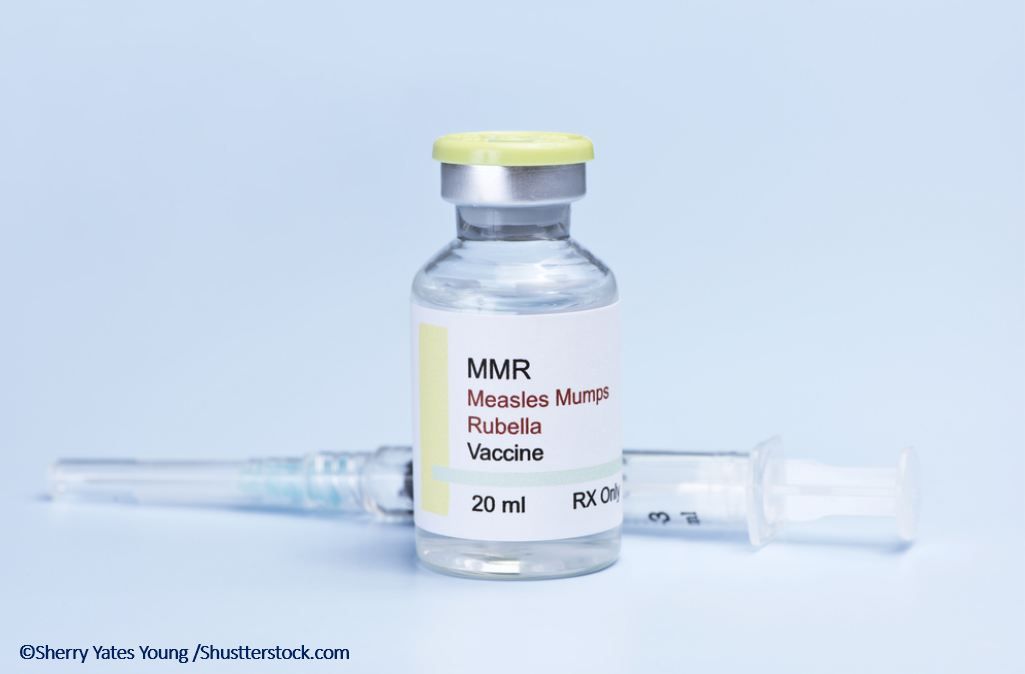Vaccine Precaution or Contraindication: Can You Tell the Difference?
Often there are very subtle differences between the two; test your deciphering skills with 3 interesting scenarios.
A contraindication to the administration of a vaccine is easy to understand and follow. The CDC defines it as a “condition in a recipient that increases the risk for a serious adverse reaction.” Administering live vaccines to severely immunosuppressed patients falls into this category. The recommendation is simple: do not give a vaccine when a contraindication is present.
Precaution means just that: a potential problem may exist with the administration of the vaccine. A vaccine may be given despite a precaution if-in the opinion of the clinician, the vaccine’s benefit outweighs the increased risk.
One of the three reasons why the CDC issues a precaution for a specific vaccine overlaps a little with the description of a contraindication. A precaution is listed if a condition “might increase the risk for a serious adverse reaction. . . however, the risk for this happening is less than the risk expected with a contraindication.” This subtle difference could keep you out of court if you elect to give a vaccine with a precaution warning-or it could land you in court should you elect to ignore the listed contraindication when you give vaccine.

What are the other two reasons the CDC will apply a precaution warning to a vaccine?